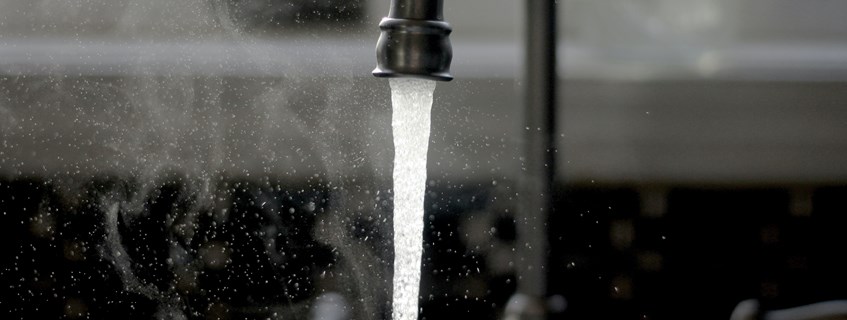
Boreholes, a useful resource
Boreholes
In any areas of the Algarve, where mains water is not available or where a larger quantity of water is needed, boreholes are used to provide a source of water. Many people have heard of a borehole, but do not understand the concept. We will give you an explanation of what is involved in forming a borehole, and an understanding of how it works.
The process of creating a borehole
The drilling of a borehole is a specialist operation. A specialised company will assess the practicality of drilling a borehole in your desired location, and normally give you an approximate indication of the depth you will need to drill to.
A drilling rig is needed that drills a hole vertically down until a suitable source of water is found. The hole is then lined with either steel or PVC pipe, to stop the borehole from collapsing in the future.
A submersible pump is then lowered down the borehole. In most cases lengths of rigid pipe are fixed to the top of the pump, and it is then lowered down one pipe at a time. A power cable is run from the pump back up the borehole. Once the pump reaches the required depth the pipes are secured at the top of the borehole. The cable is un to a control panel, and the water suppy pipes taken to a water storage tank (often an underground tank known as a cisterna).
Pump selection
The pump that pumps the water from the borehole should be chosen carefully, as it is a key part of the system and expensive to replace. There are different levels of quality available, and as a general rule you should buy the best pump you can afford.
How does the water get to the house and garden?
Once the water has been pumped out of the borehole it will be contained within a water tank. A seperate pump is then used to pump the water from this tank to the garden and house.
Legislation
Boreholes can not be drilled in any location you desire. Permission is needed from the environmental agency (A APA | Agência Portuguesa do Ambiente (apambiente.pt)). Normally you have to keep a borehole at least 100m away from adjacent boreholes (50m in special cases with extra rules).
Control system
The borehole pump has to be controlled by a system that ensures it only operates when water is present, to protect the pump. The older control system consisted of sensors that were lowered into the borehole and sensed the water levels. These sensors do not have a very long lifespan, and live a hard life as they are installed in a harsh environment.
There is a more modern control system that uses an electronic control panel to measure the current being used by the pump. Once correctly calibrated this system is far superior and provides more control and greater protection for the pump.
Treatment of water
Most borehole water in the algarve is hard (i.e. it has a high calcium content). If the water will be used for domestic use then a water softener will be needed to reduce the hardness of the water.
If you want to drink the water from your borehole then you must have it tested. In most cases the water will need some disenfection to make it suitable for human consumption, but it is perfectly fine for showers, baths etc.
Is the water free?
No, but this is a common misconception. You are using electricity to pump the water from the borehole to your water tank, and you are using electricity to pump from the tank to your house or garden.
You also need to consider the cost of installing/replacing the borehole pump as and when needed. It is correct that borehole water is significantly cheaper than mains water, when you are using significant amounts of water.
Common borehole problems
A correctly constructed and maintained borehole will give you years of service. However, as with any mechanical installation, there will always be some repairs needed along the way. These are some of the common issues related to boreholes:
- Damaged pipes. Over time the water pipes that transport the water from the pump to the surface can corrode. This often happens near the natural water level in the borehole. Once a hole is created in the pipe, the pump will run but be unable to pump water to the service
- Wear and tear. The pump is mounted within water, many metres below the surface and often works every day. Over time the pump will suffer wear and tear, and at some point will need to be replaced. It is normally obvious when the pump is no longer in working condition
- Low water flow. This is normally a sign that there is insuffucient water available, but it can also be caused by partial damage to the water pipes or issues with the pump
- Intermittent water flow. When the intial water flow is fine, and then it dwindles to a halt, you can be fairly sure that there is not enough water in your borehole
Good practice
Water is not an endless resource, and this must always be considered. Although you are not going to receive an invoice every month for the water you use, it is still a cost to the environment, so water should be used responsibly. Make sure that any irrigation systems are in good condition, and repair any leaks as soon as they arise.
Avoid over watering of garden areas, and aim to use the minimum amount of water, rather than watering every day as it is easier.

